Universal design is your brand’s next creative edge
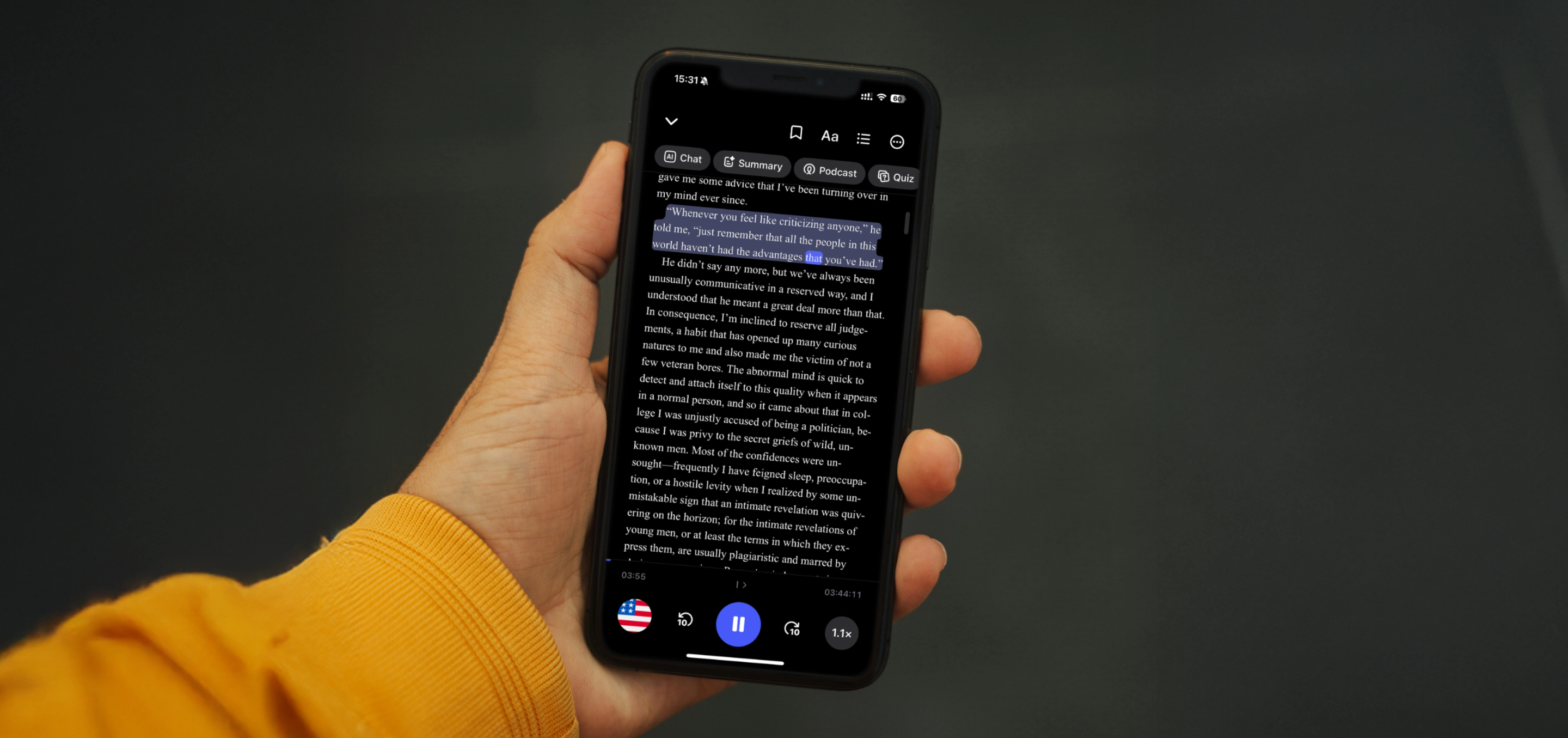
Brand design and accessibility are often seen as enemies: art versus compliance. However, accessibility, viewed through Universal design, isn't a constraint - it's the fuel for better creativity.
Just because you’re making something beautiful doesn’t mean you’re off the hook. It’s the right thing to do, but it's also a huge commercial opportunity. If over a quarter of your audience can’t fully access your brand, you’re losing far more than just design awards.
Here’s how to make your brand universally accessible, without snubbing your creativity.
What is accessibility?
Accessibility focuses on specific accommodations to a user experience to make sure that everyone can interact with a product. For example, someone with a visual impairment using a screen reader to access a website. The World Wide Web Consortium (W3C) has created a set of guidelines to make sure that digital products are accessible - Web Content Accessibility Guidelines (WCAG). This is the standard for measuring digital accessibility.
Universal design is a much broader concept that aims to create one equal experience that works for everyone, without any adaptations. Universal design is inclusive by default; a systemic approach considered right from the start of the product design process.
Instead of having to rely on adaptations and accommodations, everyone should have an equal brand experience. Universal design should be thoughtfully considered by every member of a brand team.
But why?
Well, it’s the right thing to do. We shouldn’t really need a reason or encouragement to create a design that everyone can access. It might be seen as more difficult to do, or more creatively restrictive, but it’s really not (more on that later).
If your team does need a reason, there are 16.1 million disabled people in the UK, or 24% of the population. There’s also the 10% who are dyslexic, people with cognitive impairments, 18% with “very poor literacy skills”. Commercially, you can view this as over a quarter of your audience being unable to access your brand if you don’t consider accessibility. These consumers, along with their field of influence, make up the Purple Pound, which in the UK spends at least £274 billion every year.
Accessibility accommodations also help people with temporary disabilities or limitations. Imagine you’ve lost your glasses, or are holding two wriggling toddlers in your arms. Accessibility helps everyone, and results in a generally much more usable experience for all.
Accessibility is a powerful driver for business goals. Accessibility improvements often translate into better SEO, particularly through crawlability and readability. This American Life found search traffic increased 6.86% and unique visitors by 4.18% by including transcripts for their broadcasts. Beyond SEO, accessibility can also have an impact on conversion. As our Product expert Katherine noted from her time at The AA: “We improved conversion of the create account journey by 5 percentage points just through accessibility changes, things like enabling users to tab through form fields on the keyboard, adjusting label placements and descriptions, and optimising text inputs”. These results clearly show that an accessible design is a tangible asset for your bottom line.
Accessibility is beautiful
Accessibility doesn’t necessarily mean awkward and unsexy design. Companies considering accessibility result in some really thoughtful, useful and creative brands.
Speechify is a text-to-speech generator that you can use to read anything digital - from websites, to emails and documents out loud. You can even have Snoop Dogg or Gwyneth Paltrow read to you! The creator of Speechfiy is dyslexic, but the brand markets by making everyone’s lives easier. In a world of constant multitasking and content overload, who wouldn’t find it easier to listen to your emails whilst you’re washing the dishes?
Nike started off selling running shoes to athletes - a pretty niche market. After their 1988 campaign “Just Do It”, which ran with their new mission statement “If you have a body, you’re an athlete”, Nike’s revenue more than doubled in three years, to $2.2 billion in 1990. Opening up their audience to include everyone, not just professionals, both accessible and lucrative.
Oh, and it’s the law
It’s illegal to discriminate against people from accessing your brand. These laws include:
The EAA ensures equal access to a product or service used by anyone in the EU. Although not in the EU, UK brands will likely be used by EU consumers, so this law does apply. EAA 2025 dictates full end-to-end usability - can your customers access your full brand experience without any adaptations or assistance? This law emphasises even more how important it is to embed accessibility into company operations.
Hefty fines are being issued to those who aren’t compliant - up to £200,000. Consider the effort - as well as the fine itself - involved to fix these mistakes. It’s now simply too costly not to consider accessibility from the start. Accessibility needs to be built into the process and system.
How do we do this?
Creating an accessible brand experience doesn’t have to be difficult, nor creatively restrictive. Here’s a checklist to ensure you’re considering the right things in your branding process.
Colour palette
Make sure your brand has a wide colour palette with as many accessible colour combinations as possible. This makes it more visually accessible, but also easier for you to design with - more colourways means more design options!

Logos
Although WCAG doesn’t require logos to be accessible, to make sure your logo reaches the widest audience, it would be wise to consider accessibility. Do you want a logo that people struggle to read or understand?
Think about the design of the logo - check the colours used have sufficient contrast, and if you’ve used any typography, consider the accessibility of the typeface you’ve used. For example, an ornate script typeface may not be the most readable.
Consider how the logo will be perceived. Some users will be viewing your brand at 200% zoom, or the logo could be in the distance. Your logo should be instantly recognisable, whatever the size.
How is the logo going to be implemented? Is it going to be used on a plain background, image, or pattern? Will it be printed on a matte surface, gloss, or texture? All of these factors will influence how the logo is perceived.
Don’t be digitally biased
Your brand exists in multiple touchpoints throughout the customer experience - think holistically about your brand experience. Consider a customer using a bank's mobile app (digital), visiting a physical branch (environment), and receiving a statement (print). Are the instructions clear? Is the brand consistent and accessible across all these touch points?
Think about flexibility and adaptability. Consider all the ways in which someone might struggle with your brand experience. A customer may find it difficult reading instructions - can you provide an audio version? Someone may have issues with animation and movement - can this be easily turned off on your website?
Multi-sensory branding
Think about all of the ways people might interact with your brand. Can you bring sound design into your customer experience? Can you make your packaging feel tactilely engaging? Think about multi-sensory branding: providing clear auditory feedback in an app, or using embossed typography on physical materials for a premium, yet accessible feel.
The only way you can ensure that you’ve designed right is by testing with as wide an audience as possible, with varying degrees of ability. Designing for the 24% will result in a much more considered, usable product overall.
Unlock your brand’s full potential
Universal design is less about adhering to minimum compliance standards and more about embracing a holistic, inclusive approach to brand design. By designing a single, optimal experience that welcomes everyone, you're not just doing what’s legally and ethically required; you’re setting a valuable competitive edge. Consider every single user across your whole product journey. Challenge yourself: how innovative can you be to create the most inclusive experience?
Not sure where to start?
If this all seems overwhelming - we’re here for you. Let us conduct an audit of your brand to see how accessibility and brand design can meet in the middle.
Insights
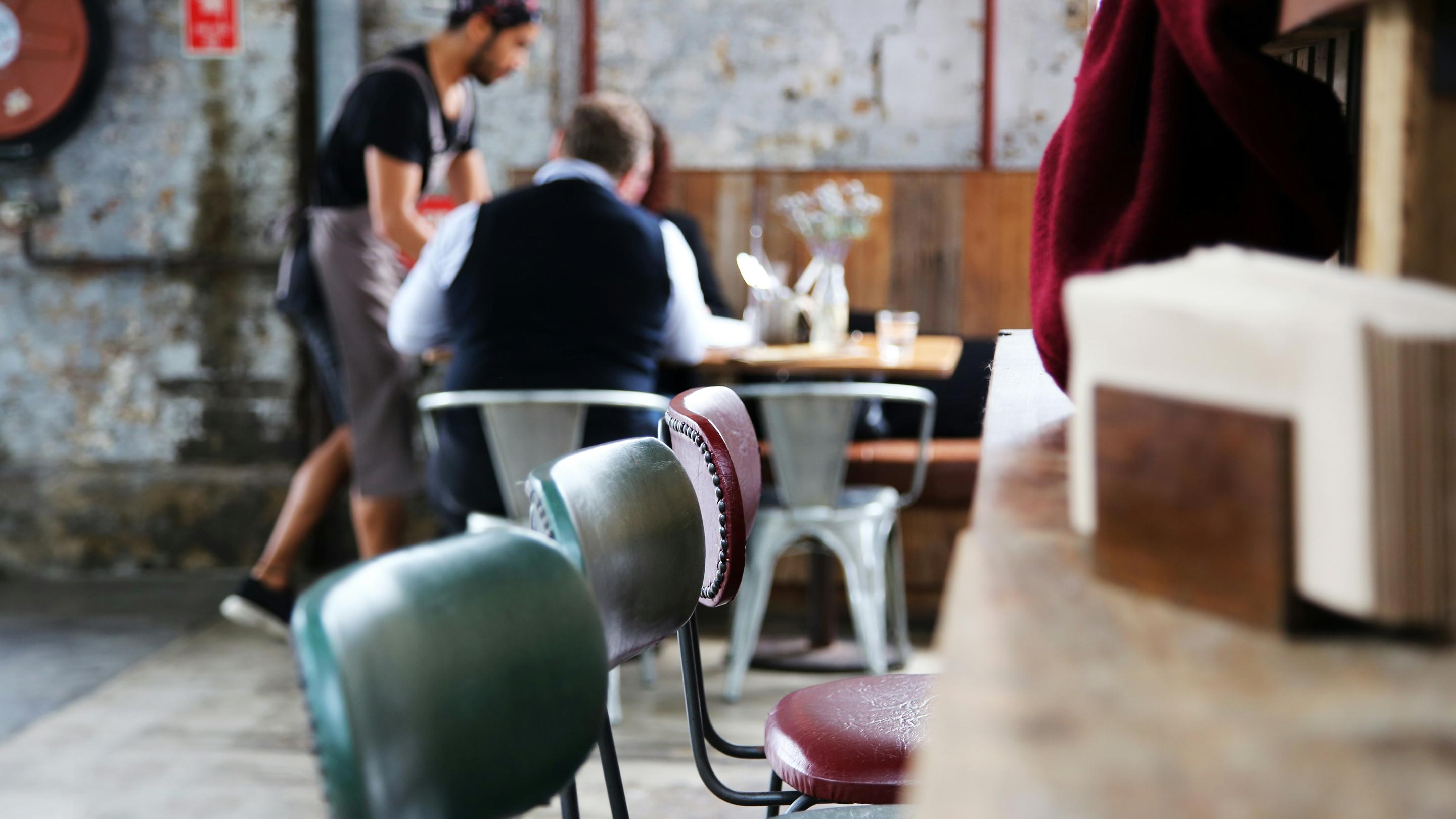
Creating a Winning Digital Experience in Hospitality
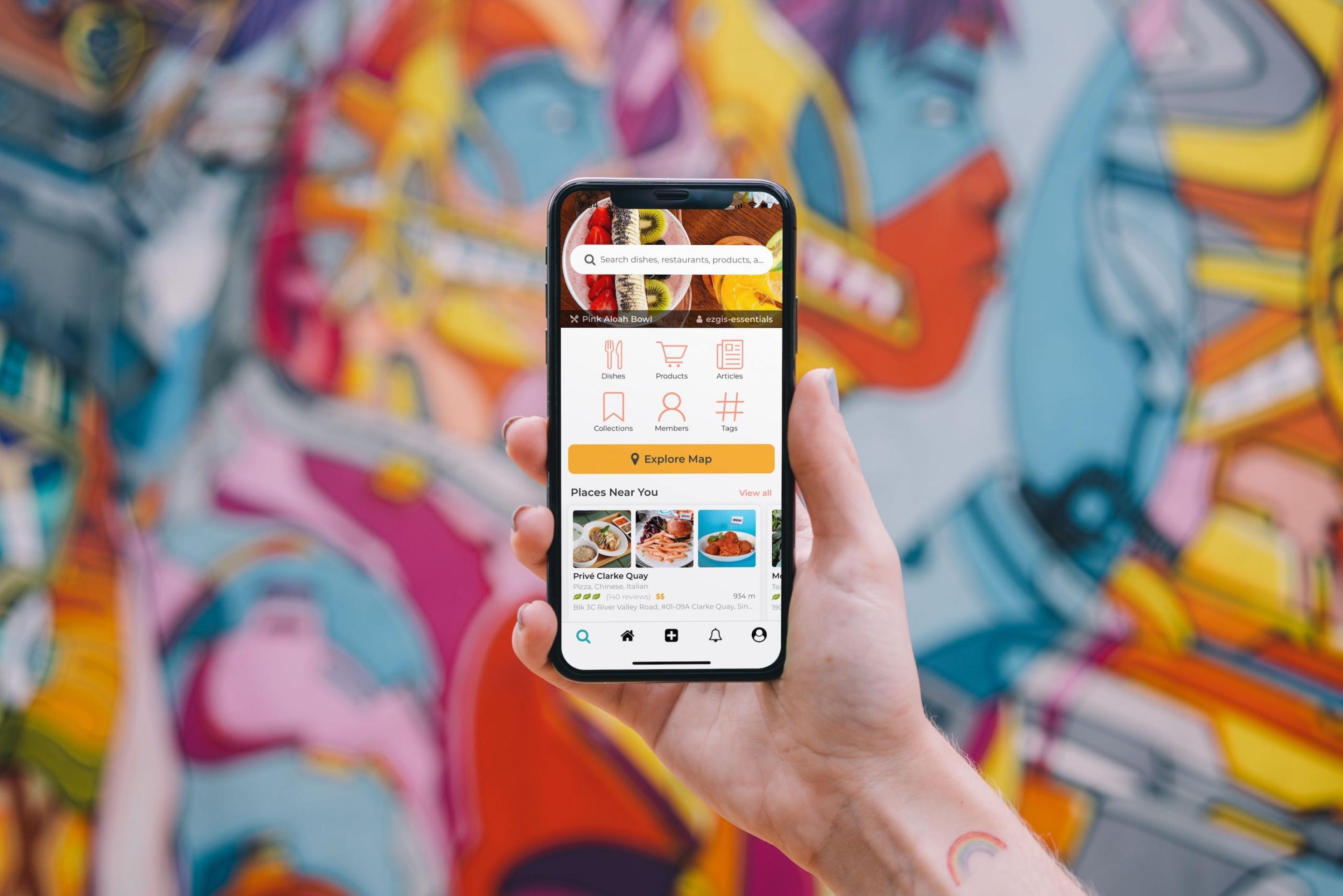
Event round-up: Digital products that stick

Successful Strategies for Boosting Digital Loyalty
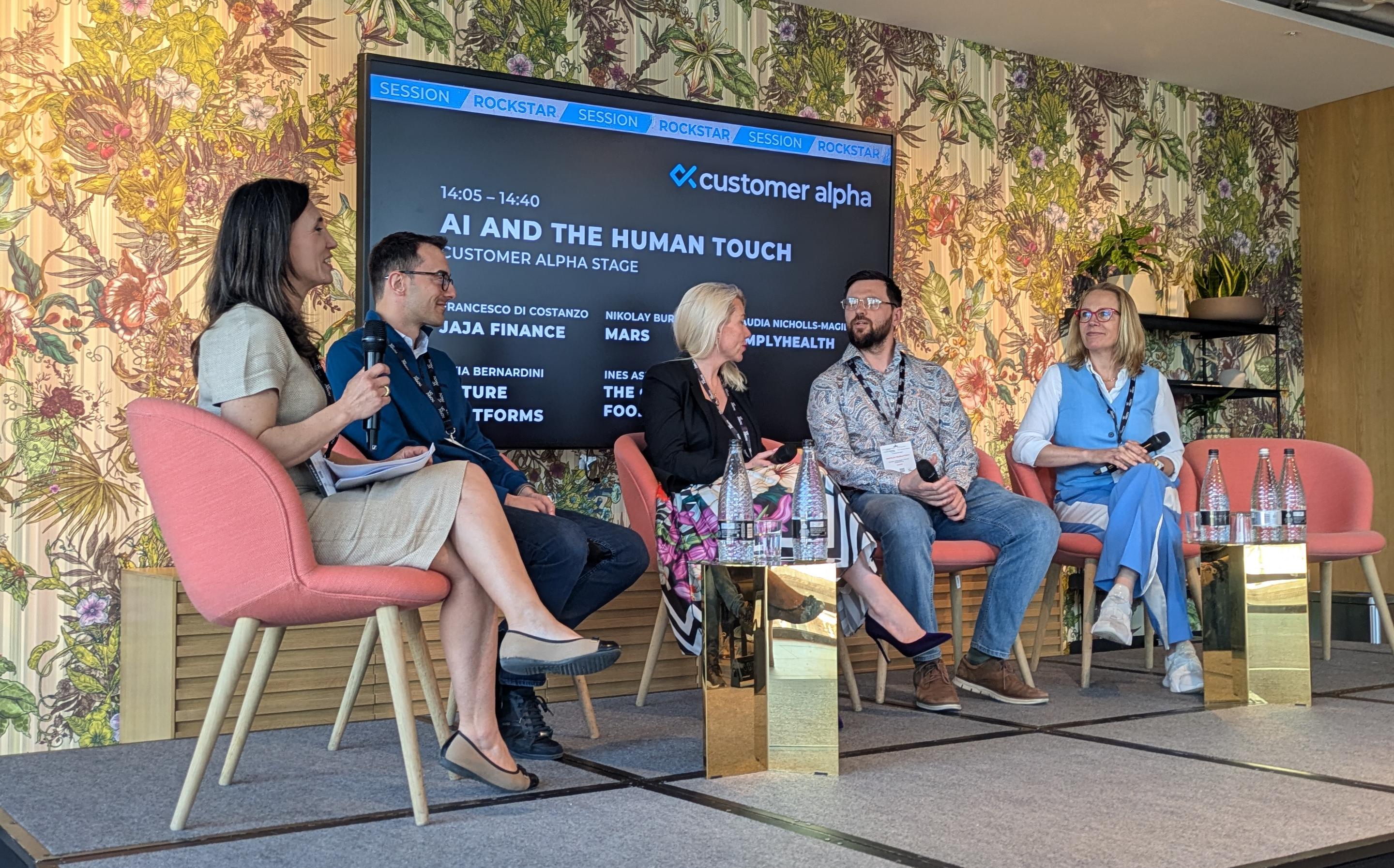
5 Key Trends in AI & Customer Experience in 2025
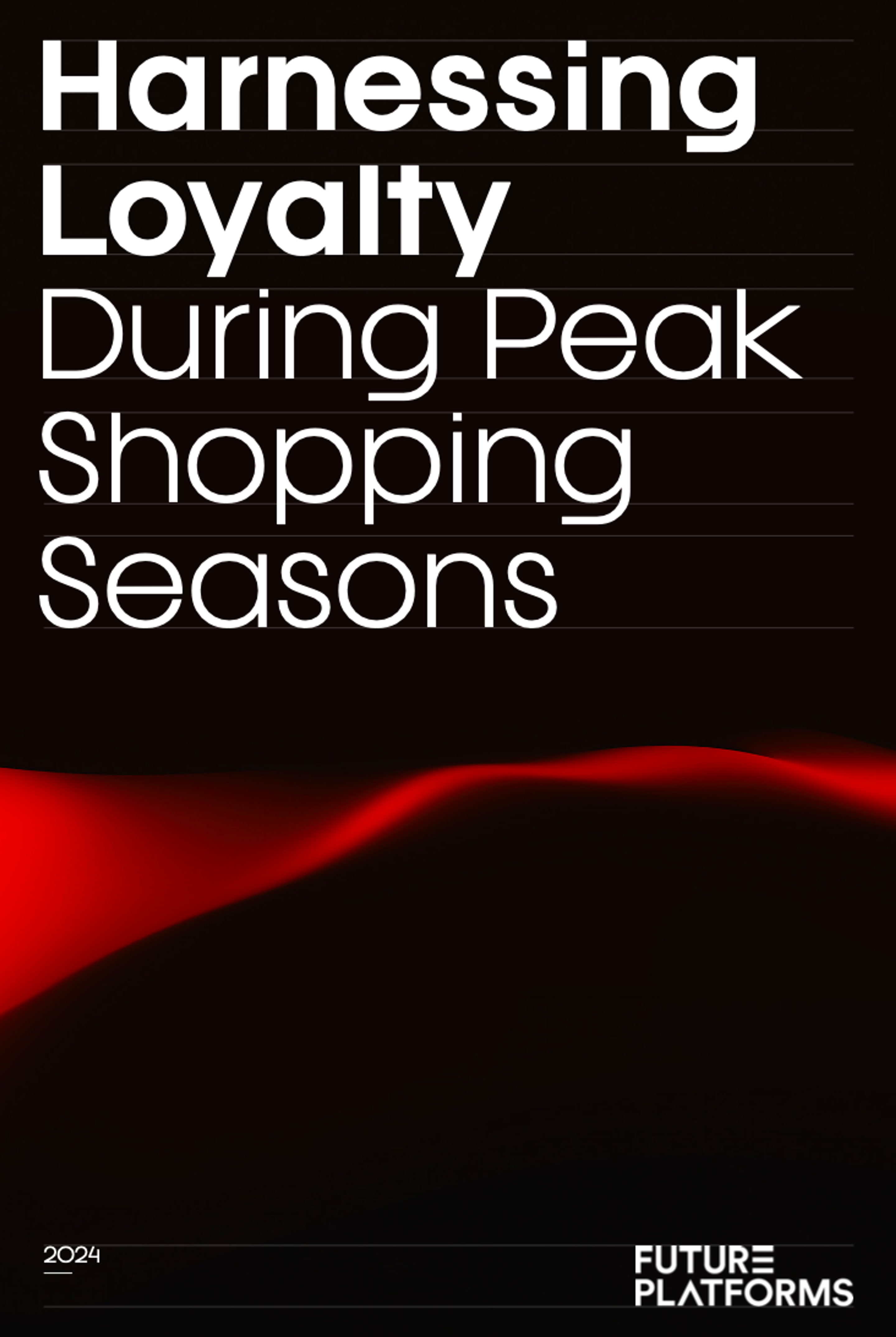
New Ebook: Harnessing Loyalty During Peak Shopping Seasons

